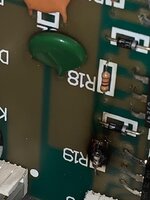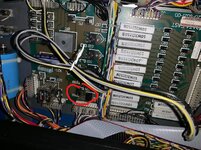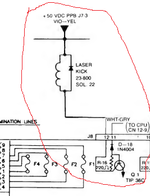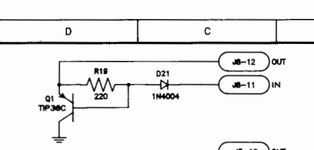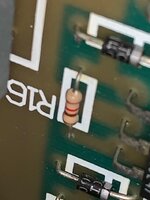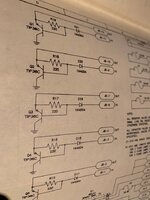Evening Guys,
Switched on my DE Star Wars this evening for a quick game and there was a noticeable loud buzzing (over the usual DE buzz) switched off the game after about a minute opened the coin door to be greeted with smoke and that electrical smell that smells a lot like TCP.
It appears to have been coming from the re-launch / kickback solenoid, it is incredibly hot and smells as mentioned above. I'm just going to leave the game off for now for the solenoid to cool.
I assume this is either the coil itself or a transistor that has gone bad?
Thanks in advance.
Switched on my DE Star Wars this evening for a quick game and there was a noticeable loud buzzing (over the usual DE buzz) switched off the game after about a minute opened the coin door to be greeted with smoke and that electrical smell that smells a lot like TCP.
It appears to have been coming from the re-launch / kickback solenoid, it is incredibly hot and smells as mentioned above. I'm just going to leave the game off for now for the solenoid to cool.
I assume this is either the coil itself or a transistor that has gone bad?
Thanks in advance.

